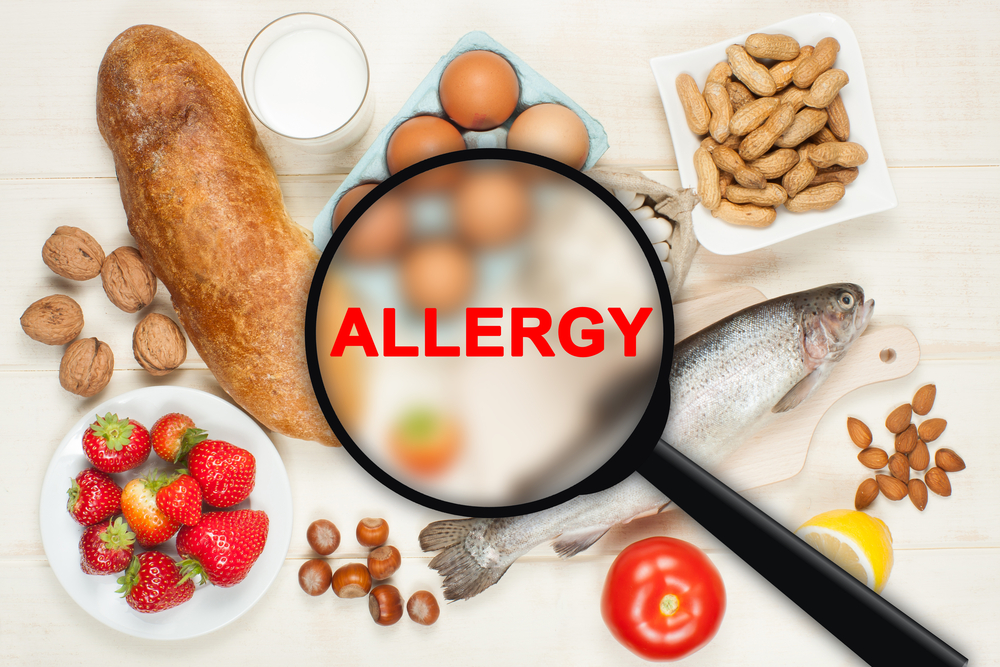When it comes to food allergies, 90 percent of all allergic reactions are caused by eight foods. And as it turns out, all eight of those foods are prominent fixtures in southern cuisine.
According to the American College of Allergy, Asthma & Immunology (ACAAI), food allergies impact between 4 and 6 percent of children in the United States and approximately 4 percent of American adults. While children can potentially “outgrow” certain allergies, food allergies in adults are typically considered lifelong.
Food allergy basics
The ACAAI defines food allergies as allergic reactions that occur when a person’s immune system overreacts to the proteins in a certain food. Symptoms of an allergic reaction can vary from mild to severe and include:
- Itchy mouth
- Swelling of the facial area, including the lips, tongue and throat
- Gastrointestinal issues such as vomiting, diarrhea, cramps or discomfort
- Eczema, a type of skin swelling
- Difficulty breathing, wheezing, coughing or a tightening of the throat
- Sneezing or nasal congestion
- Hives
- Drop in blood pressure, a weak pulse or fainting
- Anaphylaxis, a potentially life-threatening reaction
While any food can cause an allergic reaction, these eight foods account for the majority of serious allergic reactions:
- Egg
- Fish
- Cow’s milk
- Peanuts
- Shellfish, including shrimp, crayfish, crab, scallops and mussels
- Soy
- Tree nuts, including walnuts, almonds, pecans, pistachios, cashews and hazelnuts
- Wheat
Oral allergy syndrome
Chattanooga typically ranks among the nation’s leaders in allergies — a distinction we’d rather not have! Did you know that those with seasonal allergies may also have reactions to certain foods?
Oral allergy syndrome is caused by cross-reactant allergens found in pollen and raw fruits, vegetables and tree nuts. If you have an allergy to pollen and typically react to it, your immune system may also have an allergic reaction to similar proteins in those foods.
If you have an allergy to birch pollen, you may also experience an allergic reaction when eating apples, almonds, carrots, celery, cherries, hazelnuts, kiwi, peaches, pears and plums.
If you have an allergy to grass pollen, you may also experience an allergic reaction when eating celery, melons, oranges, peaches and tomatoes.
If you have an allergy to ragweed pollen, you may also experience an allergic reaction to bananas, cucumbers, melons, sunflower seeds and zucchini.
These reactions are typically confined to the mouth area and disappear quickly once the food is swallowed. Also, in general, if these foods are heated, they lose their allergenic effect.
Managing food allergies
The most effective way to manage food allergies is to avoid the allergen. But that can be difficult.
From shrimp and grits to your mama’s pecan pie, southern cuisine often includes one or more of the most common allergens. If you have an allergy, it’s important to keep a close eye on the foods you eat, whether at home or in a restaurant.
With packaged foods, carefully check the labels. Under the Food Allergy Labeling and Consumer Protection Act, the labels of packaged foods must identify clearly if they contain any of the eight most common food allergens.
When eating out, talk with your server about your allergies and request to speak with the chef. Ask about options on the menu that are safe for you.
Once you’re diagnosed with a food allergy, your doctor will typically prescribe an epinephrine auto-injector in case you have a reaction. Be sure to keep an in-date auto-injector on hand at all times, and use as directed by your doctor.
Suspect you may have a food allergy? Your doctor can conduct a variety of tests to help identify food allergies. Need a doctor? Find one here.







